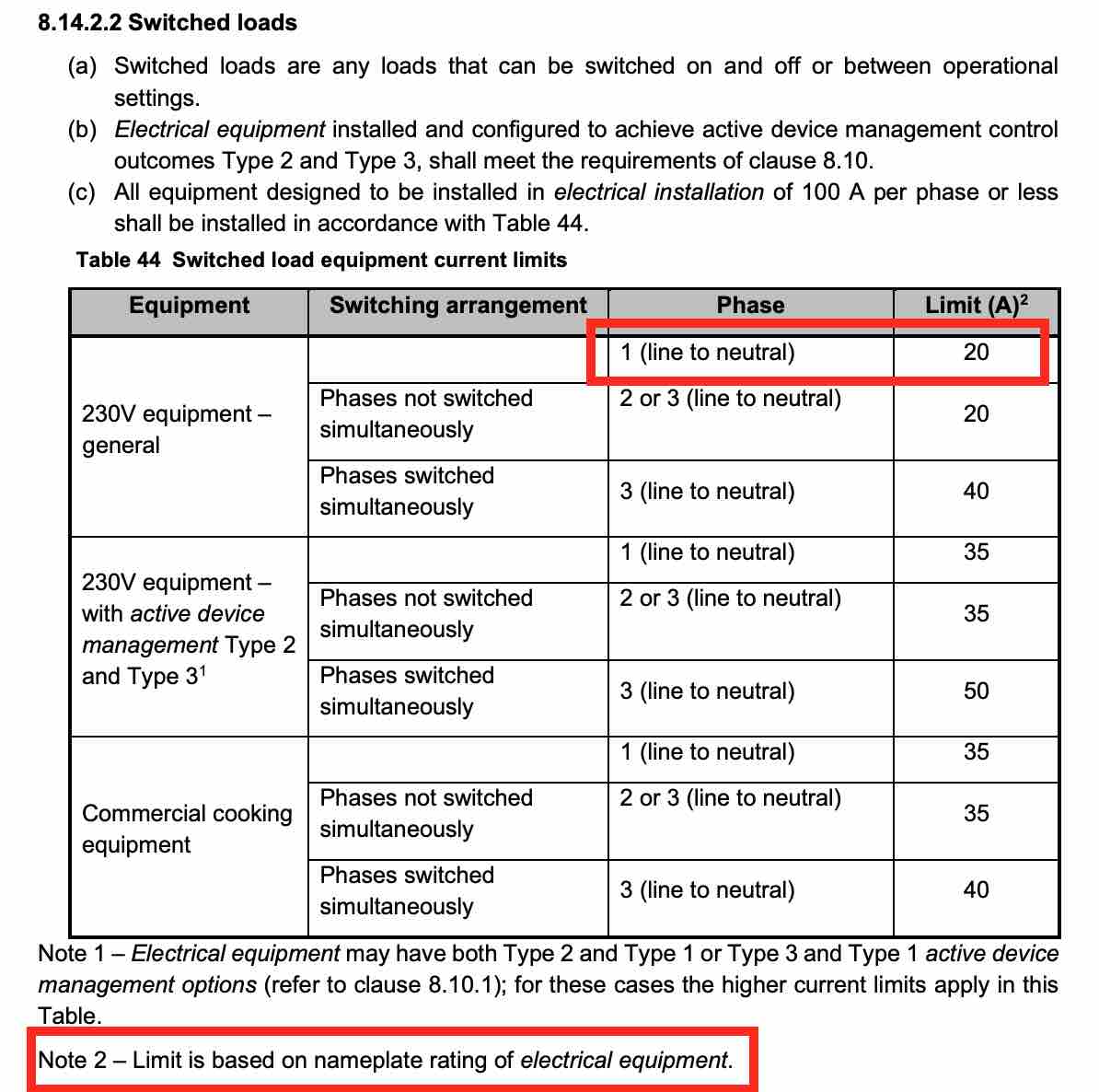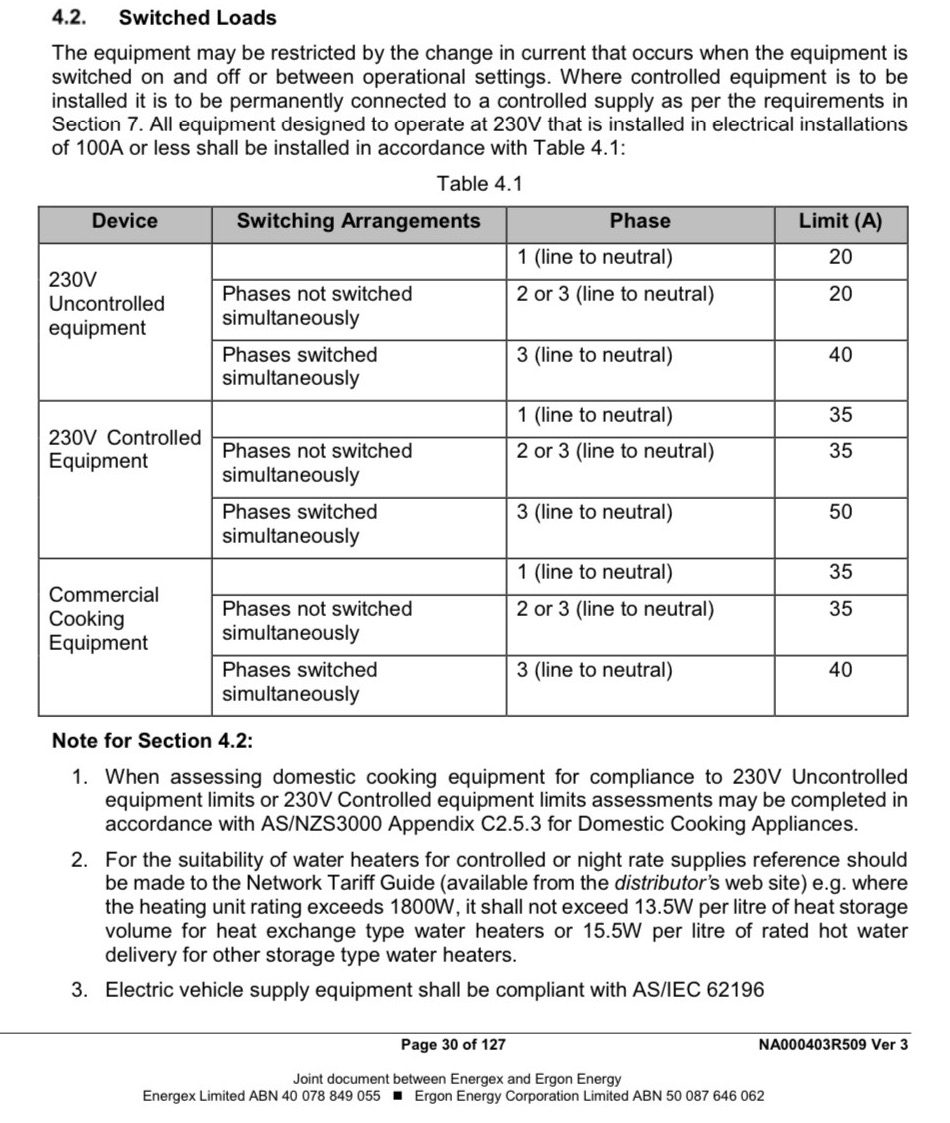
Energy Queensland appears to have completely ignored calls from the Australia EV industry to fix regulations around home charing installations.
A draft of the new Queensland Electricity Connection Manual (QECM) released on Friday for public consultation, is being labelled as regressive by some in the EV industry.
The Driven first drew attention to the problem in our story in April: The dumb rules stopping Australian EV owners from charging with their own solar, which described how restrictive rules effectivelFdirecy prevented electric vehicles owners from being able to use their own rooftop solar panels to charge their cars.
It was hoped that the situation would be revised, but the the draft legislation means that most modern smart EV home chargers cannot be installed in Queensland homes unless the network service provider has full control over them.
“Based on our first read through, these proposed rules have ignored industry feedback, consumer preferences, and the intent of the National Electric Vehicle Strategy,” said Ross De Rango, the head of Energy and Infrastructure at the Electric Vehicle Council.
“We’ll be providing a detailed response, and encourage other interested people and organisations to do likewise.”
The regulation splits the requirements for home chargers depending on whether or not they have a dynamic connection to the DNSP (Distributed Network Service Provider). Equipment with active device management can be switched on or off by the provider meaning network providers can intervene and switch off EV chargers in a particular area to reduce load.
And here’s where the issue lies. Home chargers that are not able to be controlled by the DNSP are limited to 20 amps. The problem is that the vast majority of home chargers on the market are now 32 amps which means if you want to install a 7kW/32A home charger in Queensland, you need to install it on a dynamic circuit so that the DNSP has control over it.
The draft regulation essentially means if Queensland EV owners want to install a home charger, they have to hand over control to the DNSP. Such a requirement doesn’t exist in other states. In New South Wales and Victoria there are no hard limits on home chargers and in WA although the limit is currently 20A, they are changing it to allow 32A

Aside from the limitations on home chargers that don’t have active device management, the draft regulation also stitches up a possible workaround.
Under the current regulations owners can change the settings on a 7kW charger and use a 20A circuit breaker in order to be compliant using common 32A chargers. That will no longer be possible under the new draft regulations which specify that the limit must be based on the charger’s nameplate rating rather than any installed circuit breaker.
In the existing regulations (shown below) although there are different limits on controlled and uncontrolled equipment, there was no specification that the limit needed to be based on the nameplate rating meaning homeowners could install 32A chargers with a 20A circuit breaker and still adhere to the regulation.

With the continuation of the lower 20A limit on non-controlled circuits as well as the exclusion of the option to use a 20A circuit breaker to qualify 7kW/32A chargers, many in the EV industry are seeing Energy Queensland’s draft QECM as a backwards step.
The Driven spoke to a source in the EV charging industry who said that if Energy Queensland genuinely wanted to support EV uptake, it could align with where Victoria, NSW, Tasmania already are, and where WA is heading: which is shere consumers can install the chargers they want, and use them when they want.
This would line up with the agreement struck in the energy ministers meeting to work towards harmonizing service and installation rules around the country. Instead, we’ve got most of the country working towards a common goal, and Queensland and South Australia running off in different, globally unique directions.
Our source says that rather than enabling this easy pathway, Energy Queensland appear want to restrict the installation of 7kW chargers, to cases where Energy Queensland can turn them down or shut them off at will. This is covered in section 8.5 of the draft rules.
This hasn’t been necessary anywhere else in the world, and it’s not necessary here. Energy Queensland’s own research work both demonstrated, and acknowledged, that it’s not necessary- as have multiple ARENA funded trials over the last two years.
“The Smart State” not that smart on solar smart charging
Queensland number plates used to brag about being “The Smart State”. They’ve since gone back to being the “Sunshine State”.
But the sunshine state isn’t very smart when it comes to using smart charging to integrate Queensland’s abundant solar.
Queensland’s convoluted regulations around EV charging installations are keeping the state stuck in the dark ages when it comes to the new era of smart charging. In April we reported on the dumb rules stopping Queensland EV owners from charging with their own solar.
The rules forcing Queenslanders to install home EV chargers on “controlled” circuits are also the same rules that force 7kW/32A smart EV chargers onto a different circuit to home solar. This effectively quarantines their EV from their rooftop solar system and turns a smart EV charger into a dumb one.
In April, state owned Energex defended the rule, saying it has “evolved” since 2011 and is in place to ensure “both the power network and private dwellings are not negatively impacted in the short and long term,” a spokesman told The Driven at the time.
“We are currently working on the regulatory and technical impacts to allow customers to utilise primary tariffs and the solar they have connected to them,” the spokesman said in April.
RACQ has also been critical of Queensland’s approach.
EV owners have figured out a work-around to the Queensland charging rules, but one that will ensure the state’s residential energy infrastructure remains dumb in the long term,” RACQ head of public policy Dr Michael Kane told The Driven in April.
“If you go to a Level 2 charger, you can put in a 7kW charger and have it rated down to 4.6 kW and that will give you access to your solar.
“Our concern is people are investing in ‘dumb’ 20 amp, 4.6 kW wall chargers, and spending $2000. They won’t want to come back and spend another $3000 on a smart charger. This rule is encouraging people not to engage with a smart future.
“Just get rid of that rule and bring in a suite of smart options.”



